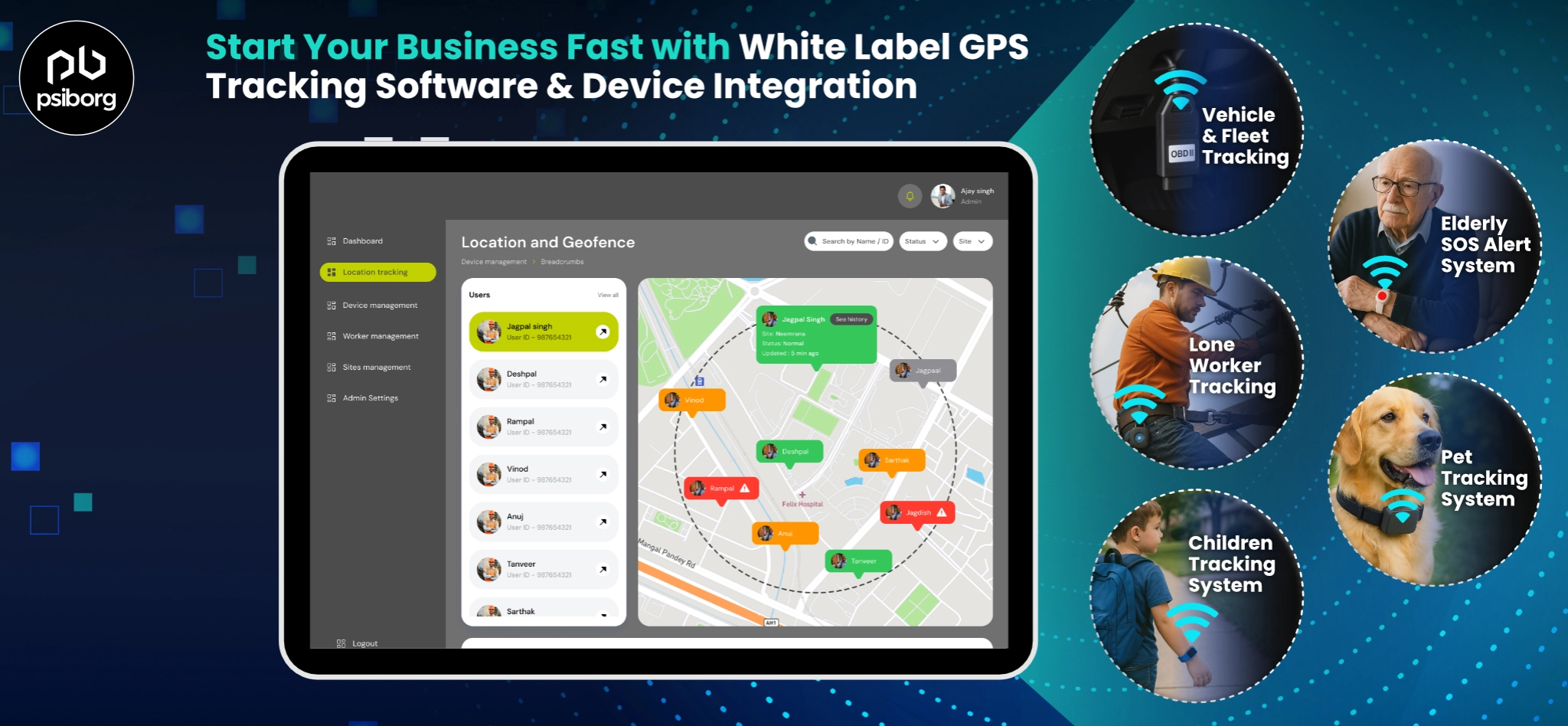
Start Your Business Fast with White Label GPS Tracking Software and Device Integration
Start your GPS tracking business fast with white label software, custom branding, device integration, and IoT-powered safety solutions by PsiBorg.

Start your GPS tracking business fast with white label software, custom branding, device integration, and IoT-powered safety solutions by PsiBorg.
This blog explains the basics of BLE beacons, their working principle, and key use cases across industries like manufacturing, retail, healthcare and airports.
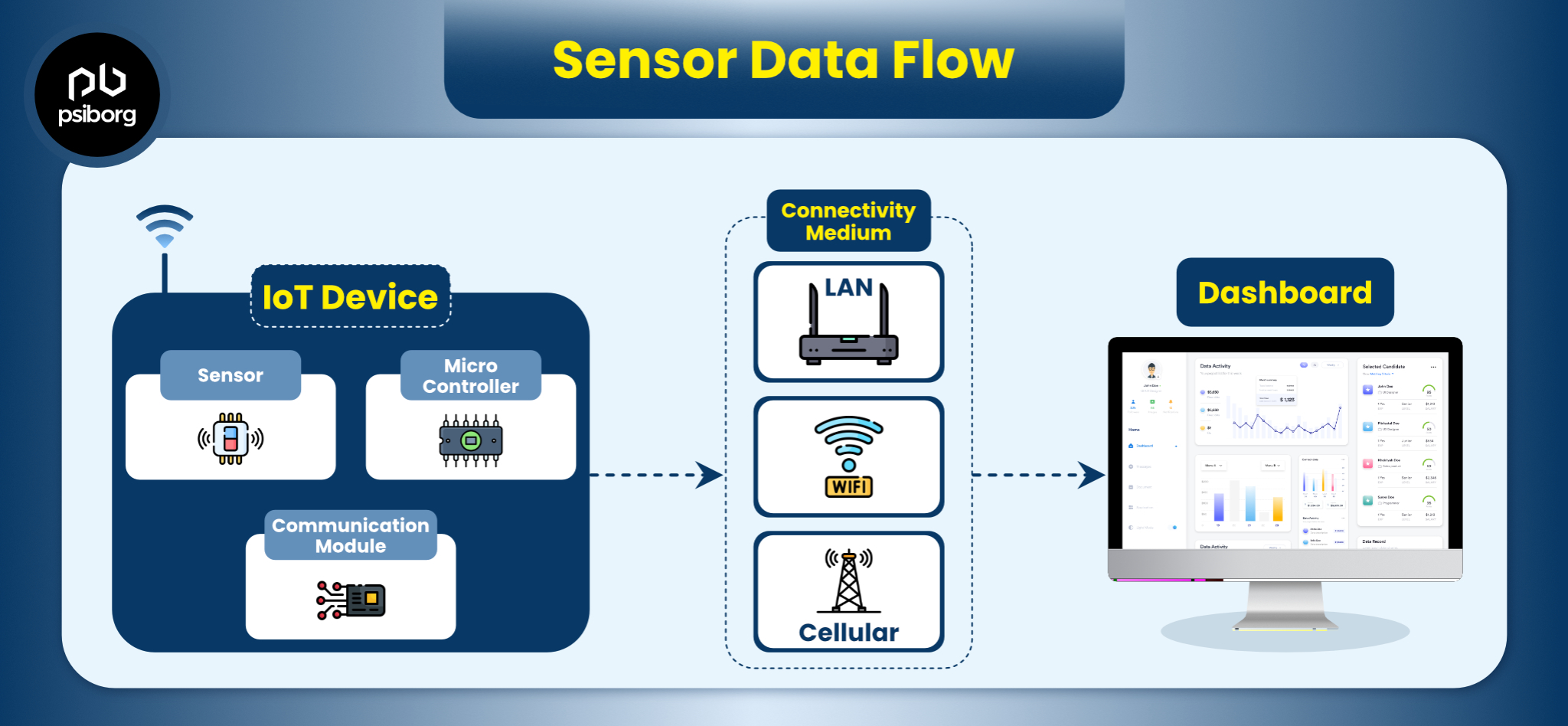
IoT sensor integration in 2025 powers smarter systems with real-time data, automation, and multi-sensor connectivity across industries.
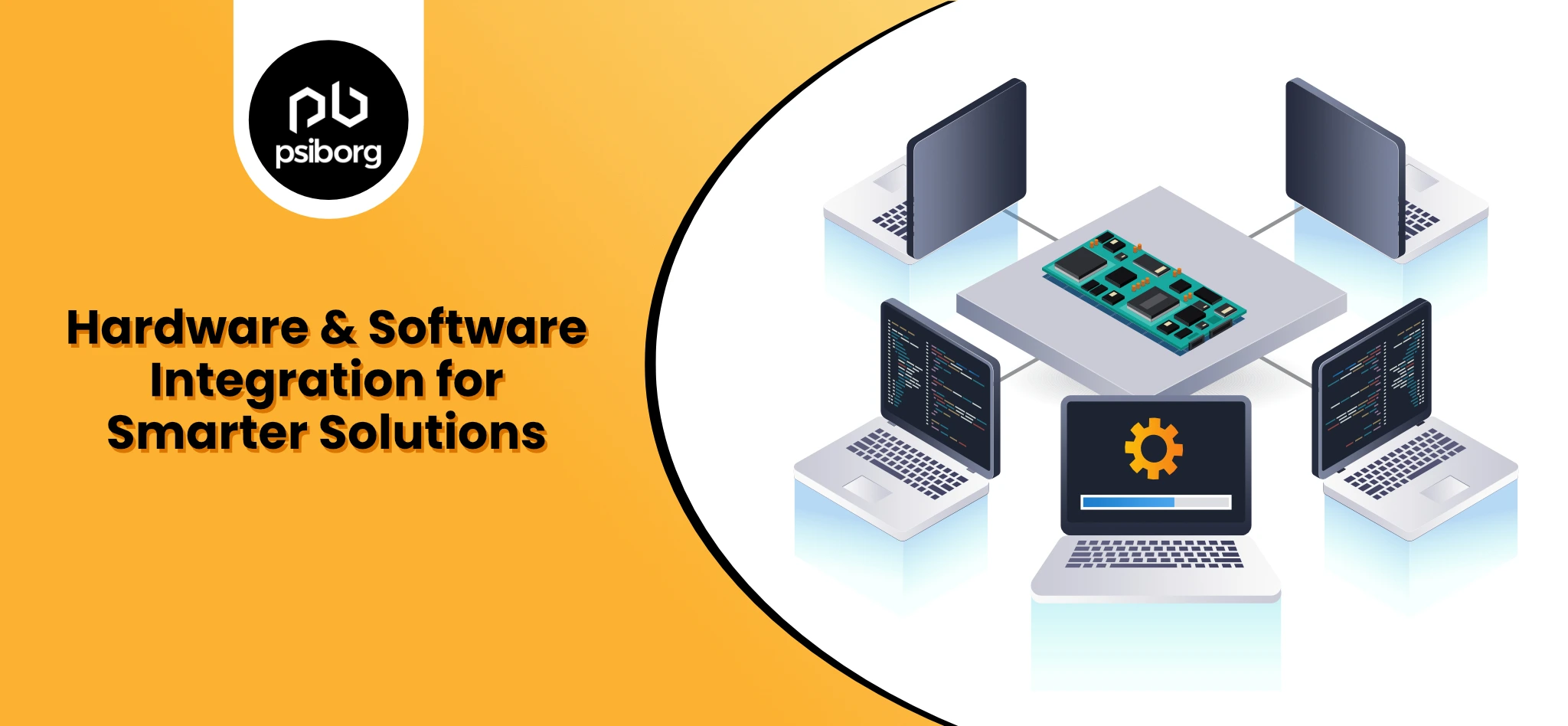
Enhance performance and reliability with custom hardware and software integration designed for modern IoT and embedded systems.
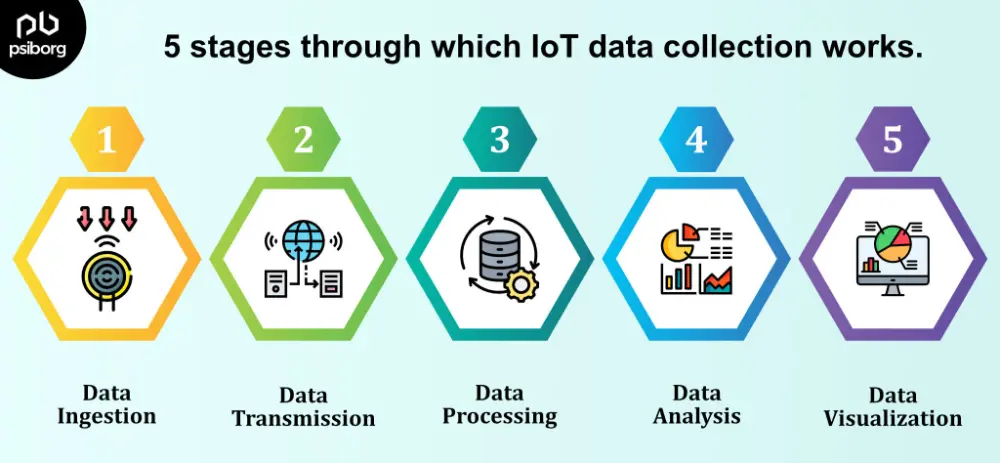
The benefits of IoT data collection include increased operational productivity, improved security, and more effective marketing.
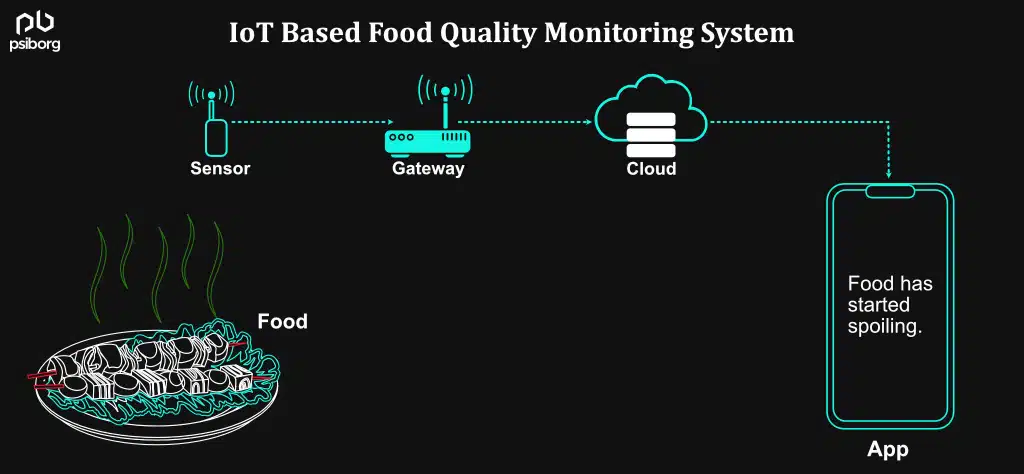
A smart food quality monitoring system helps ensure the freshness, nutritional value, and safety of food items.

Which technology, M2M or IoT, is the preferred choice for your project? Read on to find the answer.
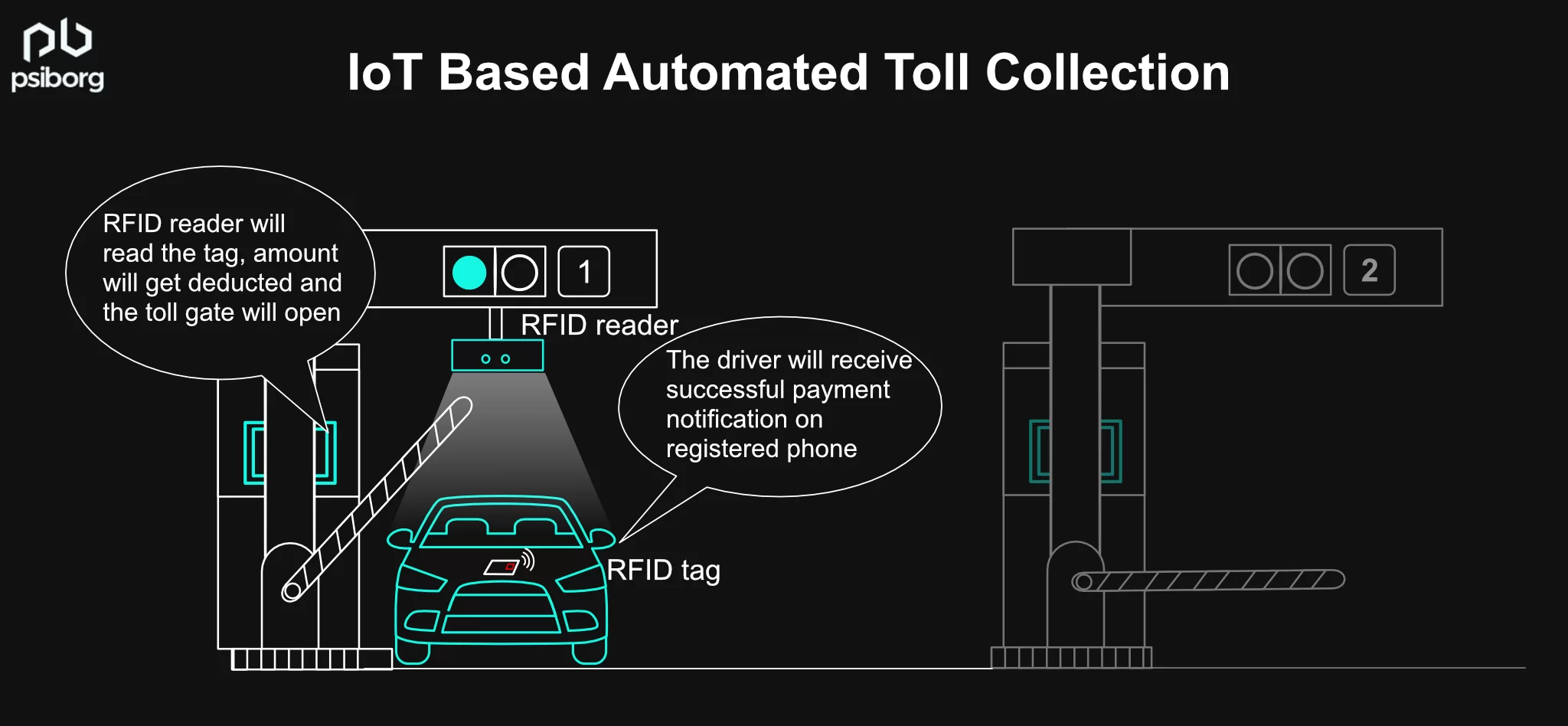
The automated toll collection system is designed to replace manpower with machines and make the entire toll collection and ticketing process more efficient.
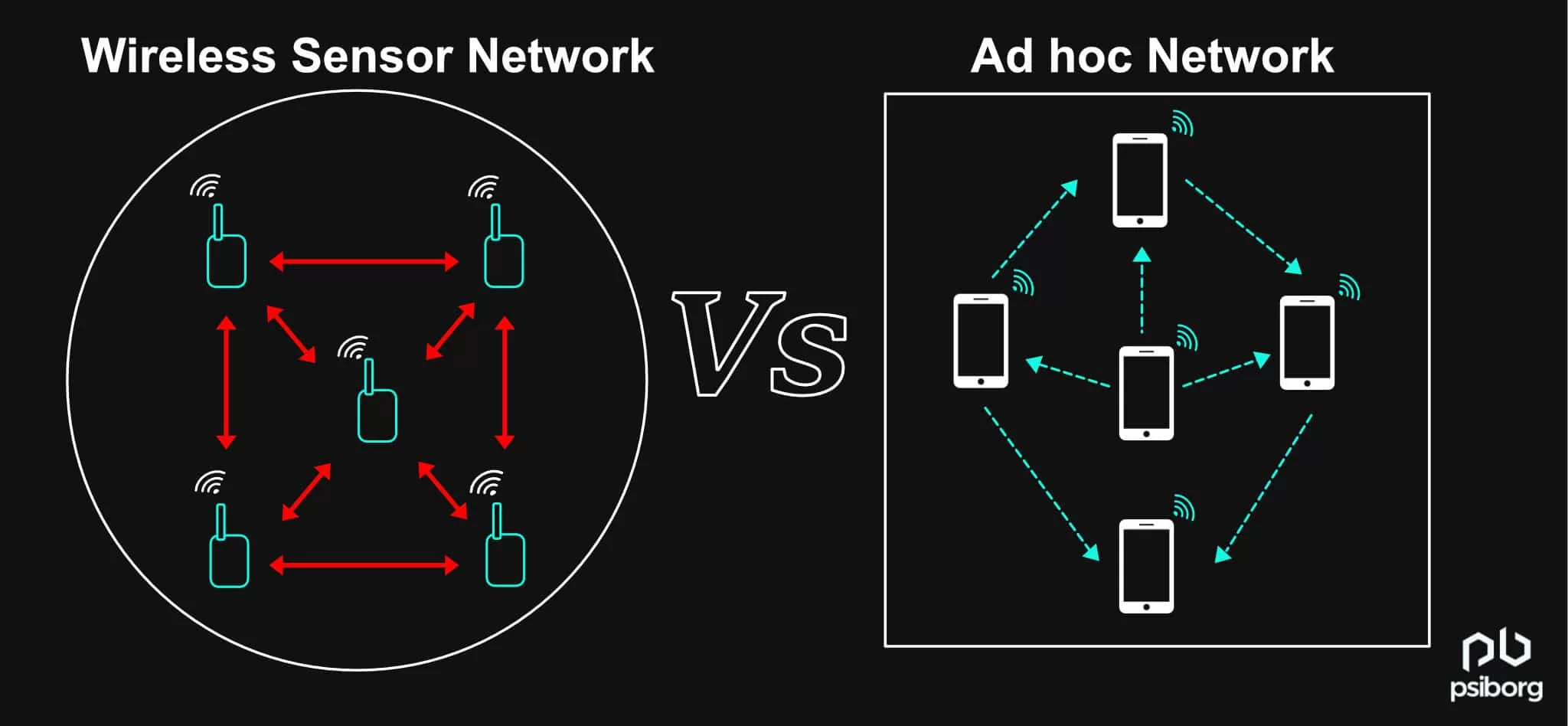
Wireless sensor networks are data-centric while ad-hoc networks are address-centric.
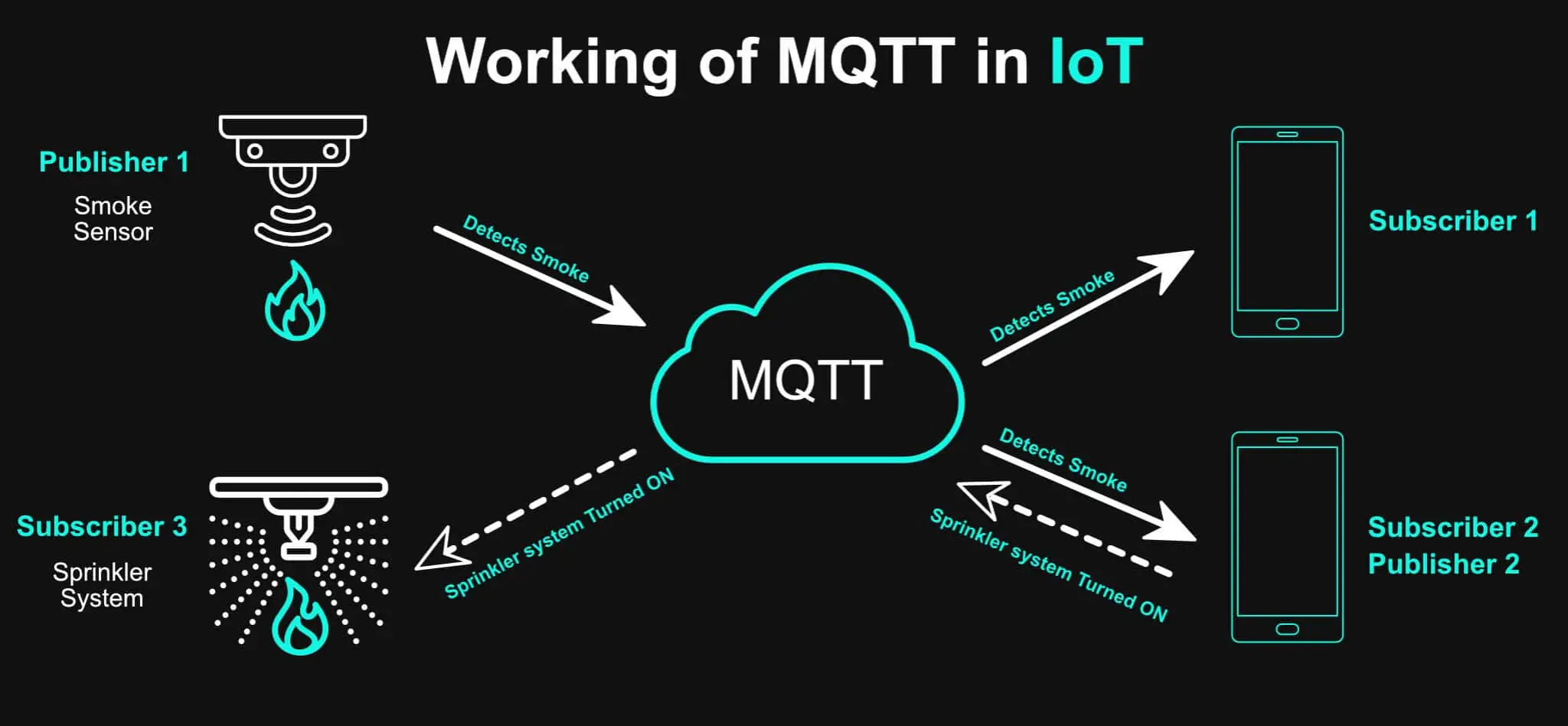
MQTT protocol, which stands for Message Queuing Telemetry Transport, is ideal for IoT due to its lightweight design, low power use, and fast data transfer.
Interested in White label IoT solution?